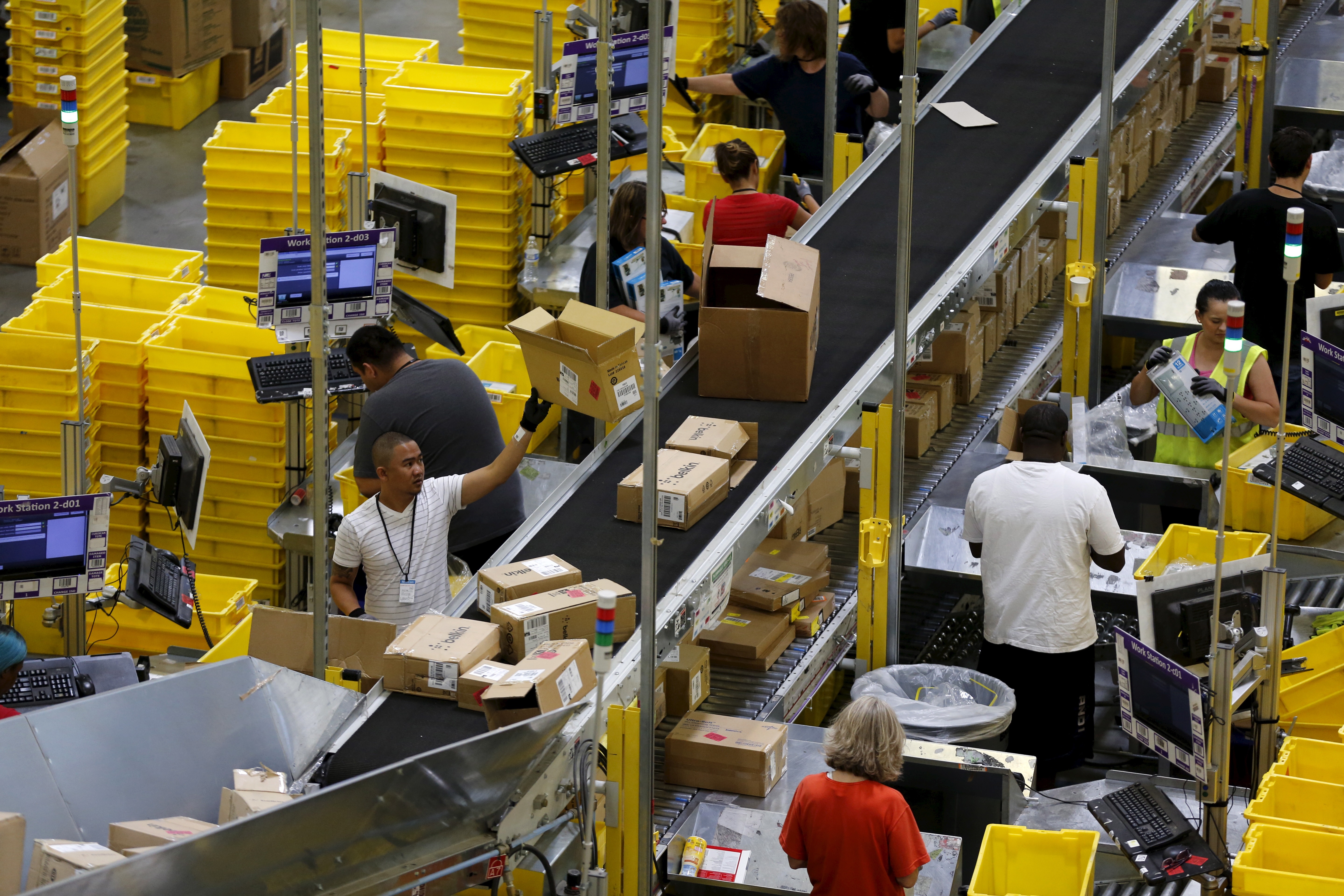Last June, Amazon bought Whole Foods for $13.7 billion in their latest attempt to expand their corporate reach. Whole Foods workers were immediately worried – already underpaid, they’d heard the stories of the brutal working conditions for the company’s warehouse workers and feared the same conditions would spread to their stores. Amazon warehouse workers face a pace of work so extreme that some end up in the emergency room. They face high processing targets, which if not met often result in firing.
This fear turned out to be well-placed as Amazon has implemented a new scorecard system at Whole Foods stores that resembles the conditions at the warehouses. This new system penalizes workers for the slightest infractions including items on shelves being an inch out of place. Scores less than 90% are considered a failing score and can result in workers getting fired.
Workers are under constant stress with these new extreme conditions. Stores are scored twice a week and include on the spot quizzes. One worker said that “I wake up in the middle of the night from nightmares about maps and inventory, and when regional leadership is going to come in and see one thing wrong, and fail the team. The stress has created such a tense working environment. Seeing someone cry at work is becoming normal” (Business Insider, 2/1/2018).
Now they’re even trying to incorporate Whole Foods into their delivery model, testing out guaranteed two hour grocery deliveries from their stores in a few cities. Amazon delivery drivers also face tight deadlines with little time for bathroom breaks, often speeding in order to make targets, and we can expect similar conditions for Whole Food delivery drivers. This is yet another attempt by Amazon to squeeze money out of their workers by making things more efficient without an increase in wages or conditions.
Amazon’s Dystopia
Amazon recently also made news when they secured two patents for wristbands that they could use on their warehouse workers to track their every move. Such wristbands include tracking devices that monitor exactly where your hands are in relation to inventory bins, and can track everything from how long your bathroom breaks are, to how much work is lost when you pause to scratch your nose. These wristbands can also emit vibrations for any mistakes like nose scratching or misplacing items.
While workers face huge consequences for minor mistakes, the CEO of Amazon, Jeff Bezos, makes billions of dollars. He’s now the richest man on Earth, worth over $100 billion. That wealth comes from extracting more and more value out of warehouse workers and other employees while paying them a fraction of the wealth their work creates.
Under increasing threats, the need for workers to organize and fight back has become more clear. The workers, if mobilized, have the power to shut down warehouses and grocery stores. By threatening Amazon’s profits they could win huge gains in wages and working conditions. Most of these workers don’t make a living wage, and the stress of attempting to make ends meet while facing worsening working conditions could be the spark to begin an organizing campaign that could eventually spread across Amazon’s empire as well as the entire logistics industry which now employs over four million people.
Amazon Fears Workers
Whole Foods and Amazon are scared of the power that their employees would have if they organized and unionized. This shows how much could be won if workers were successful in such attempts. However, attempts to organize Amazon will face a brutal response from Amazon management to defend their profits as has happened in the past. The machinists who attempted to unionize in a fulfillment center in 2014 were faced with enormous pressure from the company’s hired anti-union law firm and the organizing attempt was defeated. This shows the need for a return to the militant strategy and tactics that built the labor movement in the first place.
Workers need to fight back against these increasingly dystopian conditions by building the most powerful possible campaign, organizing and connecting with workers in other stores and unions.
If they are democratically organized around clear demands like a living wage, better working conditions and the right to unionize, they could strike a blow to Amazon and the bosses generally, and point the way forward for workers across the country to fight back in their own workplaces.


